Home>Storage Ideas>Kitchen Storage>Eat-in Kitchen Ideas: 10 Sociable Dining Spaces
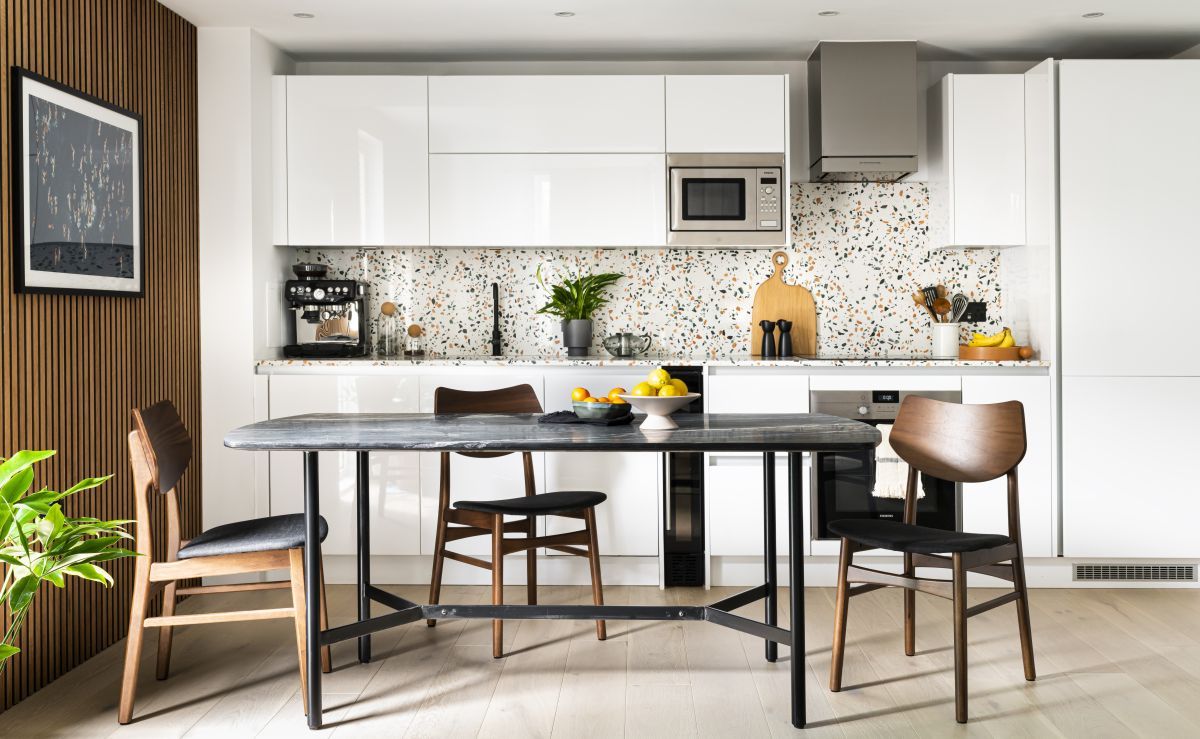

Kitchen Storage
Eat-in Kitchen Ideas: 10 Sociable Dining Spaces
Modified: August 29, 2024
Discover 10 sociable dining spaces with our eat-in kitchen ideas. Transform your kitchen with practical kitchen storage ideas.
(Many of the links in this article redirect to a specific reviewed product. Your purchase of these products through affiliate links helps to generate commission for Storables.com, at no extra cost. Learn more)
Introduction
Welcome to our comprehensive guide on kitchen storage ideas. The kitchen is one of the most important spaces in our homes, and having an organized and efficient kitchen storage system is essential for a smooth and enjoyable cooking experience. Whether you have a small kitchen or a spacious one, optimizing your kitchen storage can help you make the most of the available space and keep your kitchen clutter-free.
In this article, we will explore a variety of kitchen storage ideas that are not only practical but also aesthetically pleasing. From clever cabinet solutions to innovative pantry organization, we will delve into a range of tips and tricks that will help you maximize your kitchen’s potential.
One of the key aspects of effective kitchen storage is utilizing every nook and cranny. This means making the most of vertical space, finding creative solutions for awkward corners, and utilizing underutilized areas such as the backs of cabinet doors. We will provide you with practical and efficient storage solutions for every part of your kitchen, ensuring that no space goes to waste.
Another important consideration when it comes to kitchen storage is ease of access. Having a well-organized and easily accessible pantry and cabinet system can save you time and frustration. We will discuss ideas for organizing your pantry, spice rack, pots and pans, and even your refrigerator, making it easy for you to find and retrieve items when you need them.
In addition to functionality, we will also explore ways to enhance the visual appeal of your kitchen storage. From incorporating stylish and decorative containers to using color-coordinated storage solutions, we will show you how to transform your kitchen storage into a visually pleasing and inviting space.
So whether you’re looking to revamp your entire kitchen storage system or just want to find a few tips to improve your current organization, this guide has got you covered. Let’s dive in and discover the world of kitchen storage ideas that will make your kitchen not only functional but also beautiful.
Key Takeaways:
- Create a sociable kitchen with versatile furniture, clever storage solutions, and a warm color palette. Incorporate an open concept layout, a large dining table, and ample lighting for a welcoming and dynamic space.
- Maximize kitchen storage with innovative solutions and multifunctional areas. Embrace farmhouse charm, outdoor dining extensions, and a cozy breakfast nook for a sociable and organized kitchen.
Read more: Dining In Style: Elegant Eating Spaces
Open concept kitchen and dining area
One popular kitchen design trend is the open concept layout, which combines the kitchen and dining area into one cohesive space. There are several benefits to embracing an open concept design in your kitchen.
Benefits of an open concept design:
- Sociability: An open concept kitchen and dining area create a seamless flow that allows for easy interaction and conversation between family members and guests. Whether you’re preparing a meal or entertaining, everyone can be part of the action.
- Visual spaciousness: By removing walls and barriers, an open concept design can make your kitchen and dining space appear larger and more airy. It also allows for natural light to flow throughout the space, making it feel bright and welcoming.
- Flexibility: With an open concept design, your kitchen and dining area can easily adapt to different needs and occasions. You can rearrange furniture, add or remove seating as needed, and create a versatile space that can accommodate gatherings of any size.
How to create a seamless flow between the kitchen and dining space:
To achieve a seamless flow between your kitchen and dining area in an open concept design, consider the following tips:
- Consistent flooring: Use the same flooring material throughout the entire space to create a sense of continuity. This will visually connect the kitchen and dining area, making it feel like one cohesive space.
- Color coordination: Choose a cohesive color scheme that ties together the kitchen and dining area. This can be achieved by coordinating the colors of the walls, cabinets, furniture, and decor. By using complementary colors or sticking to a consistent palette, you can create a harmonious visual flow.
- Balance functionality and aesthetics: When designing an open concept kitchen and dining area, it’s important to strike a balance between functionality and aesthetics. Ensure that your kitchen appliances, storage, and workstations are strategically placed for convenience, while also considering how they contribute to the overall aesthetic appeal of the space.
- Strategic furniture placement: Position your dining table or island in a way that promotes interaction and sociability. Consider the traffic flow in the space and leave enough room for people to move around comfortably. If possible, place seating options like bar stools or benches near the kitchen island to create a shared dining experience.
- Utilize visual dividers: While an open concept design aims for seamless flow, it doesn’t mean you can’t create visual dividers to define the kitchen and dining areas. You can use pendant lighting, different backsplash materials, or subtle changes in wall color to visually separate the two spaces while maintaining a cohesive feel.
An open concept kitchen and dining area can bring a sense of togetherness and create a dynamic and inviting space for your family and guests. Whether you’re enjoying a casual meal or hosting a formal dinner party, this design choice allows for easy communication and shared experiences. By following these tips, you can create a seamless flow between your kitchen and dining space, making it the heart of your home.
Kitchen island with seating
A kitchen island is not only a functional element in your kitchen but can also serve as a stylish and sociable dining area. Here, we will explore the ways you can utilize a kitchen island for dining purposes and the different seating options available.
Utilizing a kitchen island for dining purposes:
A kitchen island provides the perfect opportunity to create a dedicated dining space within your kitchen. It offers a convenient and centralized location for enjoying meals and entertaining guests. Here are some ways to utilize a kitchen island for dining:
- Dining bar: Install a raised countertop on one side of the kitchen island to create a dining bar. This allows for seating on bar stools, creating a casual and laid-back dining experience. The elevated height of the bar also provides a separation between the kitchen workspace and the dining area.
- Integrated dining table: Incorporate a dining table directly into the kitchen island design. This can be achieved by extending the countertop on one side of the island to create a larger surface area for dining. This integrated dining table offers a seamless and integrated look, blurring the lines between cooking and dining.
- Drop-leaf or extendable design: If space is a concern, consider a kitchen island with a drop-leaf or extendable feature. This allows you to expand the size of the island when needed, providing extra seating for dining. When not in use, simply fold or retract the extension, saving valuable space in your kitchen.
Different seating options for kitchen islands:
When it comes to seating for your kitchen island, there are various options to consider. The choice depends on the overall style and functionality you desire. Here are some popular seating options for kitchen islands:
- Bar stools: Bar stools are a classic choice for kitchen island seating. They come in a wide range of styles, materials, and heights, allowing you to choose the perfect match for your kitchen design. Opt for backless or low-back stools if you prefer a minimalist look or select stools with armrests and higher backs for added comfort and support.
- Counter-height chairs: If you prefer a more traditional dining experience, counter-height chairs are a great option. These chairs have a seat height that aligns with the standard height of kitchen counters. They provide a comfortable and familiar dining experience and can be easily coordinated with your existing kitchen decor.
- Bench seating: For a cozy and communal dining experience, consider incorporating a bench along one side of the kitchen island. This option works particularly well for larger kitchen islands and can accommodate multiple people. Add some cushions for extra comfort and style.
- Built-in banquettes: If you have enough space, consider building a banquette seating area on one side of your kitchen island. This creates a cozy and intimate dining nook and allows for additional storage underneath the seats.
Whether you choose a dining bar, integrated table, or extendable design, and prefer bar stools, counter-height chairs, bench seating, or built-in banquettes, incorporating seating at your kitchen island not only adds functionality but also creates a social hub in your kitchen. Guests can gather around, share a meal, and engage in conversations while you prepare food. It is the perfect setting for casual dining or hosting small gatherings within the heart of your home.
Breakfast nook
A breakfast nook is a charming addition to any kitchen, creating a cozy and casual dining spot where you can enjoy your morning coffee or gather with family for a relaxed meal. Here, we will explore how to create a breakfast nook in your kitchen and provide design ideas to make it a comfortable and stylish space.
Creating a cozy and casual dining spot in the kitchen:
When designing a breakfast nook, the goal is to create a warm and inviting space that encourages relaxation and conversation. Consider the following tips to create a cozy and casual dining spot in your kitchen:
- Select the right location: Look for an area in your kitchen that receives plenty of natural light. A sunny corner near a window is ideal for creating a breakfast nook. This will provide a soothing and bright ambiance, perfect for starting your day.
- Choose the right seating: Opt for comfortable seating options that promote relaxation. Consider using built-in benches with plush cushions or upholstered chairs. These provide a cozy and comfortable spot to enjoy your meals.
- Add soft furnishings: Incorporate soft furnishings like throw pillows and seat cushions to add an extra layer of comfort and style. Choose fabrics that are both durable and easy to clean, as the breakfast nook is likely to be a high-traffic area.
- Create a focal point: Make your breakfast nook visually appealing by creating a focal point. Hang a piece of artwork, install a statement light fixture, or place a decorative centerpiece on the table. This will add personality and draw attention to the dining area.
- Add natural elements: Bring the outdoors inside by incorporating natural elements into your breakfast nook. Consider adding potted plants or a vase of fresh flowers to create a refreshing and calming atmosphere.
Design ideas for breakfast nooks:
Now that you know how to create a cozy and casual dining spot, let’s explore some design ideas for your breakfast nook:
- Farmhouse charm: Embrace the farmhouse style by incorporating rustic elements. Use a reclaimed wood table, vintage chairs, and antique accessories to create a cozy and nostalgic vibe.
- Modern simplicity: Keep the design clean and minimalistic with sleek furniture and a neutral color palette. Use simple lines and uncluttered furnishings to create a contemporary look.
- Bohemian flair: Inject a bohemian touch by adding vibrant colors, patterns, and textures. Layer different textiles, mix and match chairs, and hang macrame or woven wall hangings for a boho-inspired breakfast nook.
- Coastal vibes: Create a beachy and relaxed ambiance with a coastal-inspired breakfast nook. Use crisp white furniture, nautical stripes, and accents like seashells or driftwood to bring the coastal vibe into your kitchen.
- Scandinavian simplicity: Embrace the Scandinavian design principles of simplicity and functionality. Use light-colored wood furniture, clean lines, and minimalistic decor for a sleek and timeless breakfast nook.
With these design ideas and tips in mind, create a breakfast nook that reflects your personal style and enhances the overall aesthetic of your kitchen. Whether you prefer a farmhouse charm, modern simplicity, bohemian flair, coastal vibes, or Scandinavian simplicity, the breakfast nook should be a relaxing and inviting space for enjoying meals and creating wonderful memories.
Banquette seating
Maximizing space in your kitchen can be challenging, especially when it comes to creating a comfortable dining area. This is where banquette seating comes in handy. By utilizing built-in benches, banquette seating offers a stylish and practical solution for maximizing space in your kitchen. Let’s explore how you can incorporate banquette seating into your kitchen and discover some stylish and practical banquette designs.
Maximizing space with built-in banquette seating:
Built-in banquette seating is a great way to maximize space in your kitchen. By utilizing the walls and corners, you can create a seating area that comfortably accommodates several people while also providing extra storage underneath the benches. Here’s how you can make the most of banquette seating:
- Customize the size and shape: Built-in banquette seating can be customized to fit your specific space and needs. Whether you have a small corner or a large wall to work with, a custom-built banquette can be designed to maximize the available space.
- Utilize the corners: Corners are often underutilized areas in the kitchen, but they can be transformed into functional seating nooks with banquette seating. By placing a bench along each wall and adding a table in the center, you can create a cozy and intimate dining area.
- Add storage underneath: One of the biggest advantages of banquette seating is the extra storage it provides. By incorporating hinged or pull-out drawers underneath the benches, you can conveniently store items such as kitchen linens, small appliances, or cookware.
- Include comfortable cushions: To make the banquette seating comfortable and inviting, add cushions to the benches. Choose cushions with durable and washable fabric, and consider adding throw pillows for additional comfort and style.
Stylish and practical banquette designs:
Now that you understand how to maximize space with banquette seating, here are some stylish and practical designs to consider:
- Classic elegance: Opt for a classic and timeless banquette design with upholstered benches and tufted cushions. Consider incorporating a pedestal dining table for a touch of elegance.
- Contemporary simplicity: Create a sleek and modern banquette seating area with clean lines and minimalistic design. Choose benches upholstered in neutral colors and pair them with a glass or acrylic dining table for a contemporary look.
- Farmhouse charm: Embrace the farmhouse style with a rustic banquette. Use benches made of reclaimed wood and pair them with a farmhouse-style dining table. Add some vintage accessories and cozy textiles to complete the look.
- Bold and colorful: Make a statement with bold colors and patterns. Choose vibrant upholstery for the banquette benches and add colorful throw pillows. Pair it with a contrasting or brightly colored dining table for a fun and eclectic banquette seating area.
By incorporating banquette seating into your kitchen, you can maximize space, create a comfortable dining area, and add a stylish touch to your kitchen design. Whether you prefer a classic elegance, contemporary simplicity, farmhouse charm, or bold and colorful style, banquette seating offers versatility and functionality that can transform the way you use your kitchen space.
Read more: Elegant Eating Spaces For Memorable Dining
Bar-style dining
Incorporating a bar area in your kitchen not only adds a stylish element but also provides a social and informal dining experience. By creating a bar-style dining area, you can enjoy meals, drinks, and conversations in a relaxed and casual atmosphere. Let’s explore how you can incorporate a bar area into your kitchen and discover suitable bar stools and counter heights for optimal comfort.
Incorporating a bar area in the kitchen:
Creating a bar area in the kitchen requires careful consideration of space and functionality. Here are some tips on how to successfully incorporate a bar area into your kitchen:
- Select the right location: Identify an area in your kitchen that can accommodate a bar-style dining area. This could be a section of your kitchen island, a dedicated bar counter, or even a wall with a built-in bar ledge.
- Design the bar counter: Choose a countertop material and design for your bar area. Options include natural stone, stainless steel, or even reclaimed wood for a rustic touch. Ensure that the height and width of the counter are suitable for seating and provide enough space for drinks and food.
- Add practical features: Consider incorporating practical features into your bar area, such as a built-in wine rack, glassware storage, or a small refrigerator to keep beverages chilled. These features enhance the functionality and convenience of the bar area.
- Create a cohesive look: Ensure that the design of your bar area blends seamlessly with the rest of the kitchen. Coordinate the materials, colors, and finishes with the existing cabinetry and decor to create a cohesive look.
- Consider lighting: Install appropriate lighting above the bar area to create a warm and inviting ambiance. Pendant lights or recessed lighting can be used to highlight the bar counter and provide ample illumination for dining and socializing.
Suitable bar stools and counter heights:
The right bar stools and counter heights are essential to ensure comfort and functionality in your bar-style dining area. Here are some guidelines to consider:
- Counter height: The standard height for a kitchen counter is around 36 inches (91cm). Depending on the thickness of the countertop, you may need to adjust the height slightly to ensure comfortable seating.
- Bar stool height: Opt for bar stools with a seat height of around 24 to 30 inches (61 to 76cm) to complement a standard kitchen counter height. This allows for comfortable seating and legroom under the counter.
- Swivel and adjustable stools: Consider choosing bar stools that have a swivel function and adjustable height. These features offer flexibility and ease of use, allowing guests to find their preferred seating position.
- Backrest and footrest: Look for bar stools with adequate backrest support and a footrest. These provide additional comfort during longer periods of sitting and enhance the overall dining experience.
- Style and design: Select bar stools that complement the overall style and aesthetic of your kitchen. Choose materials, colors, and designs that align with your personal taste and the existing decor.
By incorporating a bar-style dining area into your kitchen, you can create a casual and sociable space for dining and entertaining. Whether enjoying breakfast, having a quick meal, or gathering with friends, the bar area adds versatility to your kitchen while maintaining functionality and comfort. Pay attention to the choice of bar stools and counter heights to ensure an enjoyable and relaxed dining experience.
Consider adding a kitchen island with bar stools for a sociable dining space. This creates a casual and inviting atmosphere for family and guests to gather while you cook.
Farmhouse-style kitchen
Designing a farmhouse-style kitchen creates a warm and inviting atmosphere, reminiscent of a charming country home. One of the key elements of a farmhouse-style kitchen is creating a sociable dining space that encourages gathering and conversation. Let’s delve into how you can design a sociable dining space inspired by farmhouse aesthetics, incorporating rustic elements and farmhouse decor ideas.
Designing a sociable dining space inspired by farmhouse aesthetics:
When it comes to creating a sociable dining space in a farmhouse-style kitchen, it’s important to focus on comfort, functionality, and a cozy atmosphere. Here are some key elements to consider:
- A spacious farmhouse table: The centerpiece of your dining space should be a spacious farmhouse table. Look for a table made from natural wood, with a sturdy design that can accommodate a gathering of family and friends.
- Mix and match seating: Embrace the farmhouse aesthetic by mixing and matching different types of seating. Consider a combination of wooden chairs, upholstered benches, or even vintage stools. This adds a charming and eclectic touch to your dining area.
- Warm and earthy color palette: Opt for warm, earthy tones such as creamy whites, muted grays, and natural wood hues. These colors create a cozy and welcoming ambiance that is characteristic of farmhouse decor.
- Natural materials: Incorporate natural materials such as wood, stone, and metal in your dining space. These materials add a rustic and authentic farmhouse feel. Consider using reclaimed wood for the farmhouse table or incorporating stone accents into the design.
- Cozy textiles: Add layers of cozy textiles to enhance the comfort of your dining space. Consider using soft, flowing curtains, textured table linens, and cushions with vintage-inspired fabrics.
Rustic elements and farmhouse decor ideas:
To truly capture the farmhouse aesthetic and create a sociable dining space, consider incorporating these rustic elements and farmhouse decor ideas:
- Barn doors: Install barn doors as a stylish and functional feature in your farmhouse-style kitchen. These sliding doors add a rustic touch and can be a great way to separate the dining area from the rest of the kitchen.
- Exposed wooden beams: If your kitchen has high ceilings, showcase the natural beauty of exposed wooden beams. They add character, warmth, and a touch of authenticity to your dining space.
- Open shelving: Instead of traditional upper cabinets, opt for open shelves in your dining area. This allows you to display and access your favorite farmhouse-style dinnerware, glassware, and decor items effortlessly.
- Vintage accents: Incorporate vintage accents such as antique porcelain pitchers, mason jars, or old signs into your dining space. These elements add a nostalgic touch and tell the story of bygone eras.
- Farmhouse lighting: Choose lighting fixtures that exude farmhouse charm. Consider pendant lights with wrought iron details, lantern-style fixtures, or even repurposed farm equipment as unique and eye-catching statement pieces.
By designing a sociable dining space inspired by farmhouse aesthetics, you can create a welcoming atmosphere that encourages gathering, conversation, and memorable meals. The rustic elements and farmhouse decor ideas add character and charm to your kitchen, making it a true centerpiece of your home.
Outdoor dining extension
Expanding your dining space to the outdoors allows you to take advantage of beautiful weather and enjoy meals in a refreshing and scenic setting. Whether you have a spacious patio or a cozy deck, creating an outdoor dining extension adds a touch of elegance and relaxation to your culinary experience. Let’s explore how you can expand your dining space to the outdoors and discover patio or deck ideas for outdoor dining.
Expanding the dining space to the outdoors:
Expanding your dining space to the outdoors has numerous benefits, including the ability to enjoy meals al fresco, entertain guests in a natural setting, and create a seamless flow between indoor and outdoor living. Here are some considerations for creating an outdoor dining extension:
- Patio or deck: Determine the space available for your outdoor dining area. Whether you have a patio or a deck, both can be transformed into beautiful dining extensions. Assess the size and layout of the space to determine the seating capacity and design possibilities.
- Protection from the elements: Consider adding a pergola, canopy, or retractable awning to provide protection from the sun and rain. This will allow you to enjoy your outdoor dining space regardless of the weather conditions.
- Outdoor kitchen: If you have the space and budget, consider incorporating an outdoor kitchen into your dining extension. This allows you to prepare and cook meals outdoors, eliminating the need to constantly go back and forth between the indoor and outdoor spaces.
- Privacy and landscaping: Enhance the ambiance of your outdoor dining area by adding strategic landscaping for privacy. Use tall plants, trellis walls, or decorative screens to create a secluded and intimate setting.
- Lighting: Install appropriate lighting in your outdoor dining area to extend the usability into the evening hours. Use string lights, lanterns, or even built-in LED lighting to create a warm and inviting atmosphere.
Patio or deck ideas for outdoor dining:
Now that you understand how to expand your dining space outdoors, let’s explore some patio or deck ideas for outdoor dining:
- Classic elegance: Opt for a timeless and elegant design by using high-quality materials such as natural stone or ceramic tiles for your patio flooring. Incorporate a sturdy dining table with wrought iron chairs for a touch of class and sophistication.
- Tropical paradise: Create a tropical oasis on your deck by using bamboo or rattan furniture. Add colorful cushions in vibrant patterns, potted plants with lush foliage, and subtle lighting to evoke a vacation-like atmosphere.
- Minimalist chic: Embrace a clean and modern aesthetic with a deck featuring sleek lines and minimalist furniture. Opt for a simple yet stylish dining table and chairs in neutral tones, and add pops of color with outdoor cushions and a statement umbrella.
- Casual and cozy: Create a laid-back and cozy outdoor dining space with a mix of wicker chairs and benches. Use comfortable cushions and opt for a rustic wooden table. Add outdoor rugs and lanterns for a warm and inviting touch.
- Mediterranean-inspired: Capture the essence of the Mediterranean with a stone or mosaic tiled patio. Incorporate wrought iron furniture with vibrant seat cushions. Create a charming ambiance with clay pots, olive trees, and lanterns.
By expanding your dining space to the outdoors, you can embrace the beauty of nature and enjoy meals in a memorable and relaxing setting. Whether you choose a classic, tropical, minimalist, cozy, or Mediterranean-inspired design, your outdoor dining extension will create a delightful space for gathering, entertaining, and savoring the joys of outdoor living.
Incorporating a large dining table
Creating a focal point in your dining space can be achieved by incorporating a large dining table. A spacious table not only serves as a functional surface for meals but also becomes a centerpiece that draws attention and sets the tone for the entire room. Let’s explore how you can incorporate a large dining table and provide tips for choosing the right size and style.
Creating a focal point with a spacious dining table:
A large dining table offers several advantages beyond seating capacity. It becomes a focal point that anchors the room and creates a sense of unity and elegance. Here are some benefits of incorporating a spacious dining table:
- Visual impact: A large dining table makes a bold statement and captures attention. It adds presence and grandeur to the dining space, becoming a focal point that enhances the overall aesthetic appeal.
- Connection and intimacy: A spacious dining table brings people together, promoting conversation and a sense of togetherness during meals. It creates a communal atmosphere and encourages shared moments with family and friends.
- Versatility: A large dining table not only accommodates more guests but also provides additional space for various activities. It can serve as a workspace, a place for board games, or a spot for arts and crafts.
- Design cohesion: By incorporating a sizeable dining table, you can create a sense of proportion and balance within the room. It harmonizes with other furniture pieces and ensures that the dining area does not feel overcrowded or disproportionate.
Tips for choosing the right size and style:
Choosing the right size and style for your large dining table is crucial to ensure that it complements the overall design and meets your functional requirements. Consider the following tips:
- Sizing: Measure your dining space carefully to determine the maximum dimensions for your table. Allow for walking space around the table, preferably around 36 inches (91 cm), to ensure comfortable movement. Aim for a table width of 36 to 42 inches (91 to 107 cm) to provide sufficient elbow room for your guests.
- Seating capacity: Consider the number of people you want to accommodate at the table. As a general guide, allow for at least 24 inches (61 cm) of table space per seated person. Determine whether you prefer a rectangular, round, or oval-shaped table, keeping in mind that round tables generally allow for more flexible seating arrangements.
- Style: Choose a dining table style that complements your overall decor theme. Whether your preference is for a traditional, rustic, modern, or eclectic style, ensure that the table harmonizes with other furniture pieces and the overall aesthetics of the room.
- Material and finish: Consider both the durability and visual appeal of the table’s material. Popular options include wood, glass, metal, and stone. Choose a finish that complements the style and color scheme of the room, whether it be a natural wood stain, a sleek lacquer, or a distressed vintage look.
- Comfortable seating: Select comfortable and appropriately sized dining chairs that complement the style of the table. Consider chairs with upholstered seats or cushioned backs for added comfort during long meals.
By incorporating a large dining table, you create a striking focal point that elevates the dining space. Consider the size, seating capacity, style, and material when choosing the right dining table for your room. A thoughtfully chosen table will not only accommodate your guests but also enhance the overall aesthetics and functionality of your dining area.
Read more: What Does Garden Lizards Eat
Multi-functional kitchen/dining area
In homes with limited space, combining the functions of a kitchen and dining area is a smart and practical solution. A multi-functional kitchen/dining area maximizes the utility of the space and allows for seamless transition between cooking and dining. Let’s explore how you can combine kitchen and dining functionalities in a limited space, and discover clever storage solutions and versatile furniture ideas for a multi-functional kitchen/dining area.
Combining kitchen and dining functionalities in a limited space:
Combining the kitchen and dining functionalities in a limited space requires careful planning and smart design choices. Here are some key considerations:
- Open concept layout: An open concept layout is ideal for a multi-functional kitchen/dining area. It creates a visual flow and eliminates physical barriers between the kitchen and dining space, making the area feel more spacious.
- Functional zoning: Use visual cues or furniture placement to create distinct zones for cooking and dining. This helps define the different areas and improves functionality.
- Flexible furniture arrangement: Choose furniture that can be easily moved or rearranged to accommodate different needs. This allows you to adapt the space for cooking, dining, or entertaining.
- Smart storage solutions: Optimize storage in your multi-functional kitchen/dining area with clever solutions. Utilize vertical space with tall cabinets or floating shelves, install pull-out pantry organizers, and use multi-purpose furniture with built-in storage.
- Dual-purpose surfaces: Maximize counter space by selecting dual-purpose surfaces. For example, a kitchen island with a built-in dining table or a fold-down counter that can be used as a breakfast bar.
Clever storage solutions and versatile furniture:
When it comes to storage and furniture ideas for a multi-functional kitchen/dining area, consider the following options:
- Extendable dining table: Choose an extendable dining table that can be expanded when needed, accommodating more guests, and folded down to save space when not in use.
- Movable kitchen island: Incorporate a movable kitchen island that can serve as extra counter space, a prep area, and a dining table. Look for an island with wheels or casters for easy mobility.
- Convertible furniture: Explore convertible furniture options, such as a dining table that can be transformed into a console table or a kitchen cart that can act as a serving station during mealtime.
- Built-in seating with storage: Consider built-in seating with storage underneath, such as benches or banquettes with hidden compartments. This provides both seating and additional storage space.
- Vertical storage solutions: Install wall-mounted shelves or hanging racks to utilize vertical space efficiently. These can be used to store items like cookware, utensils, or even display decorative pieces.
A multi-functional kitchen/dining area allows you to make the most of your limited space while maintaining functionality and style. By incorporating clever storage solutions and versatile furniture, you can create a seamless and efficient space that serves both your cooking and dining needs.
Color and lighting considerations
When designing a sociable and welcoming kitchen, color and lighting play crucial roles in creating the desired ambiance. The right color scheme can enhance the sociability of the space, while adequate lighting creates a warm and inviting atmosphere. Let’s explore how you can use color to enhance the sociability of your kitchen and the importance of proper lighting considerations.
Using color to enhance the sociability of the kitchen:
Color has the power to influence our mood and create different atmospheres in a room. In a sociable kitchen, you want to choose colors that promote conversation and relaxation. Here are some ways to use color to enhance sociability:
- Warm tones: Incorporate warm colors such as shades of red, orange, and yellow in your kitchen. These colors exude energy and create a welcoming and stimulating atmosphere that encourages interaction and conversation.
- Earthy hues: Earthy tones like soft greens, warm browns, and muted blues can evoke a sense of calmness and tranquility. They create a more intimate and cozy ambiance, perfect for engaging conversations over a meal.
- A pop of color: Consider adding a pop of vibrant color through accent pieces, such as colorful bar stools, bright kitchen accessories, or a bold backsplash. This adds visual interest and creates a focal point that sparks conversation.
- Neutral palette: If you prefer a more subdued and versatile color scheme, opt for neutral tones like whites, grays, and beiges. These colors create a clean and timeless backdrop that allows other design elements and social interactions to take center stage.
- Contrasting elements: Create visual interest and sociability by incorporating contrasting colors. For example, pairing light-colored cabinetry with a darker countertop or using a colorful rug and colorful seating in an otherwise neutral space.
The importance of adequate lighting for a welcoming atmosphere:
Adequate lighting is key in creating a welcoming and comfortable atmosphere in your kitchen. Here’s why lighting considerations are important:
- Natural light: Make the most of natural light by ensuring that your kitchen has ample windows or skylights. Natural light creates an inviting and airy feel, instantly boosting the atmosphere of sociability in the space.
- Ambient lighting: Install ambient lighting fixtures, such as ceiling-mounted or recessed lights, to create overall illumination in the kitchen. Evenly distributed ambient lighting reduces shadows and creates a warm and inviting atmosphere for socializing.
- Task lighting: Incorporate task lighting in specific areas where activities such as meal preparation or dining are performed. This includes under-cabinet lighting, pendant lights over the kitchen island, or focused lighting above the dining table. Task lighting ensures proper visibility and adds a cozy feel to the space.
- Accent lighting: Add accent lighting to highlight specific design elements or areas of interest. This can be achieved with spotlights or decorative fixtures that create a focal point, like lighting up a display shelf or a piece of artwork.
- Dimmers: Consider installing dimmer switches for your lighting fixtures. Dimmers allow you to adjust the lighting levels to create different moods and accommodate various activities, from bright and energizing to soft and intimate.
Proper lighting creates a welcoming and sociable atmosphere in your kitchen. When combined with a well-thought-out color scheme, you can create a space that promotes engaging conversations, relaxation, and shared experiences.
Conclusion
Incorporating sociable dining spaces in your kitchen not only enhances functionality but also creates a welcoming and enjoyable atmosphere for family and friends. By considering various design ideas, clever storage solutions, versatile furniture, and the use of color and lighting, you can transform your kitchen into a hub of sociability and shared experiences.
Whether you opt for an open concept layout, a kitchen island with seating, a cozy breakfast nook, or a multi-functional kitchen/dining area, each option offers unique benefits that cater to your specific needs and available space. The key is to find the perfect balance between functionality and aesthetics, ensuring that your dining space is both practical and visually appealing.
Storage solutions such as built-in banquette seating, clever cabinet designs, and vertical solutions maximize the use of space and keep your kitchen organized. Incorporating versatile furniture that can be easily adapted or moved allows for flexible arrangements and multifunctional purposes. These elements contribute to creating a dynamic and sociable environment that encourages gathering and interaction.
Color and lighting play vital roles in setting the tone in your sociable dining spaces. Carefully selected color schemes, whether warm and energetic or calm and tranquil, enhance the visual appeal and promote conversation. Adequate lighting, including natural light sources blended with ambient, task, and accent lighting, creates a warm and inviting atmosphere for socializing and enjoying meals together.
In conclusion, the design of your kitchen storage and sociable dining spaces should reflect your lifestyle, preferences, and the available space. By incorporating these ideas and implementing storage solutions, versatile furniture, color schemes, and proper lighting, you can transform your kitchen into a functional and inviting space that fosters connections, affectionate conversations, and cherished memories.
Remember, the heart of every home is the kitchen, and with thoughtful design and a touch of creativity, you can create a kitchen that not only serves your practical needs but also becomes a welcoming and sociable haven for family and friends to gather, share meals, and create lasting memories.
Frequently Asked Questions about Eat-in Kitchen Ideas: 10 Sociable Dining Spaces
Was this page helpful?
At Storables.com, we guarantee accurate and reliable information. Our content, validated by Expert Board Contributors, is crafted following stringent Editorial Policies. We're committed to providing you with well-researched, expert-backed insights for all your informational needs.


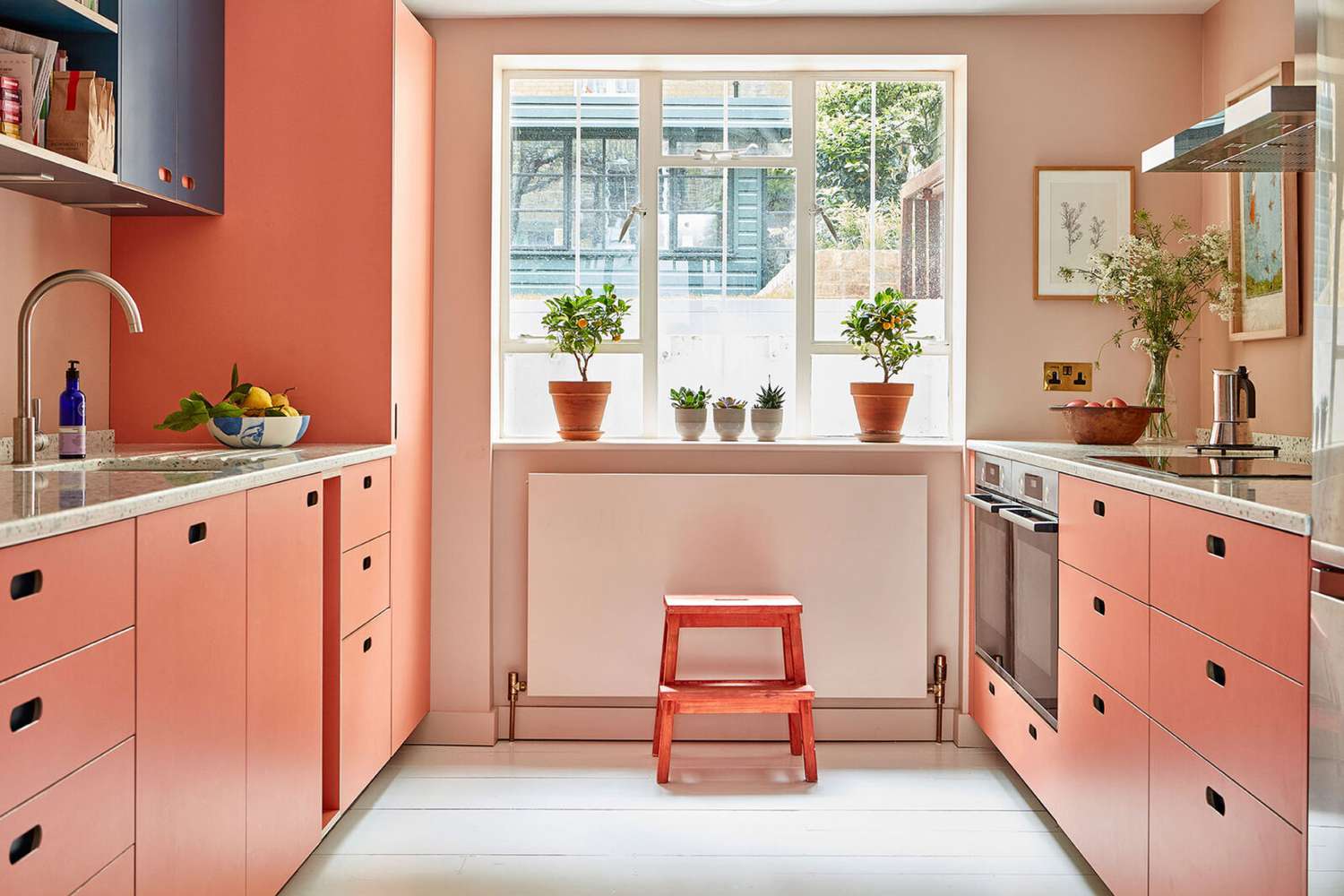
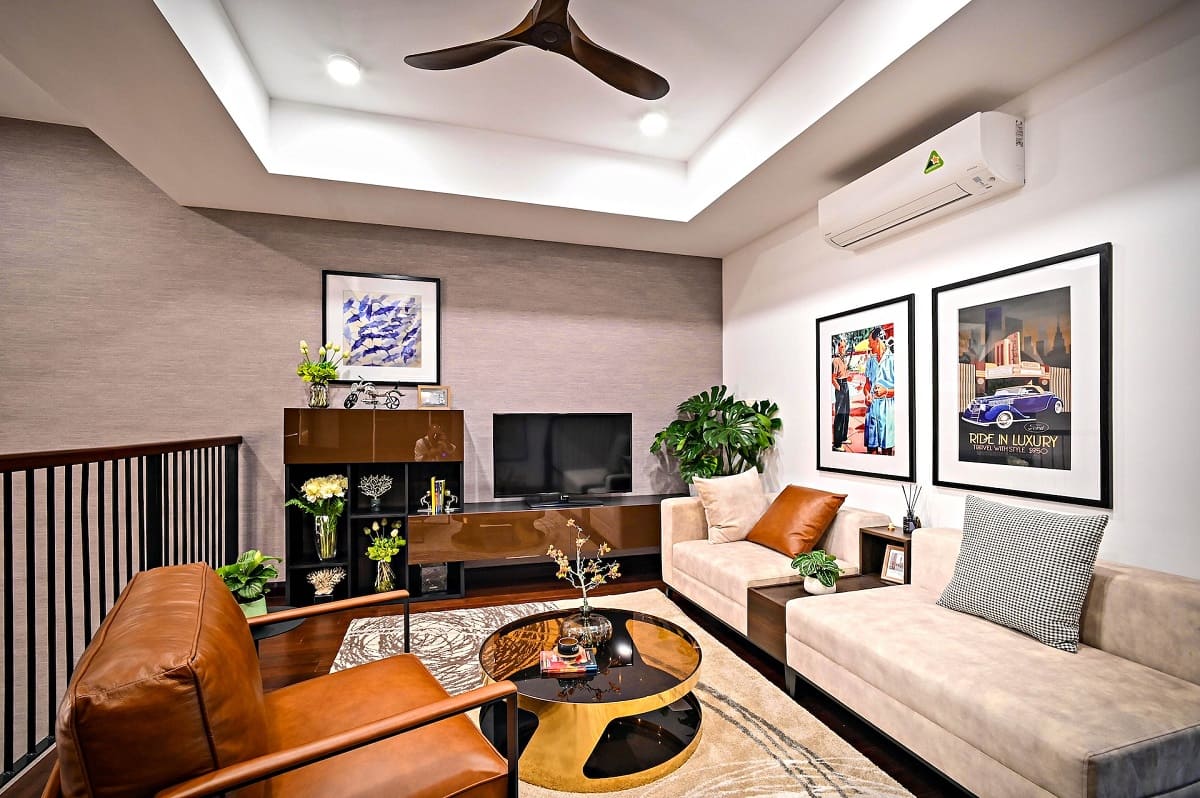

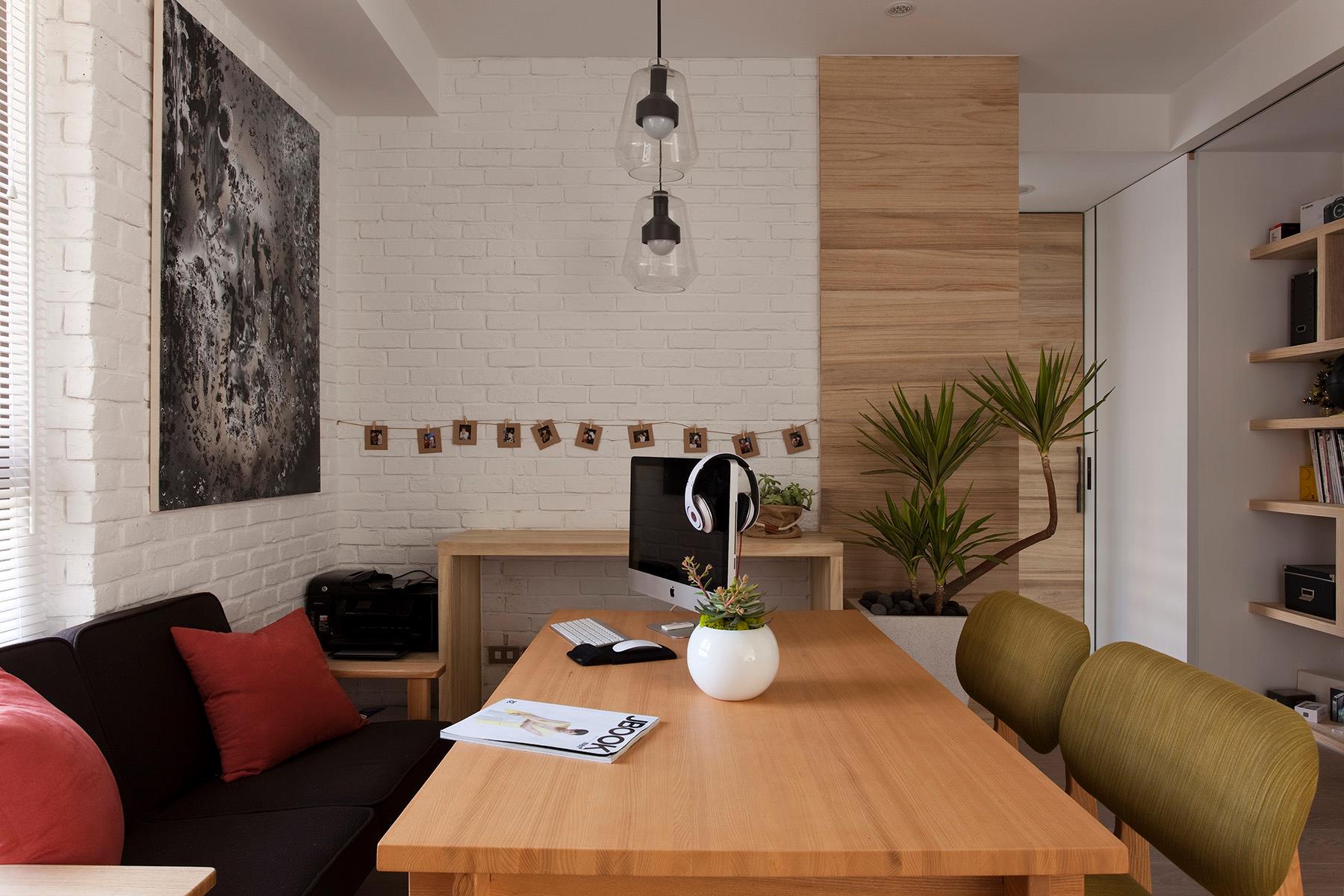
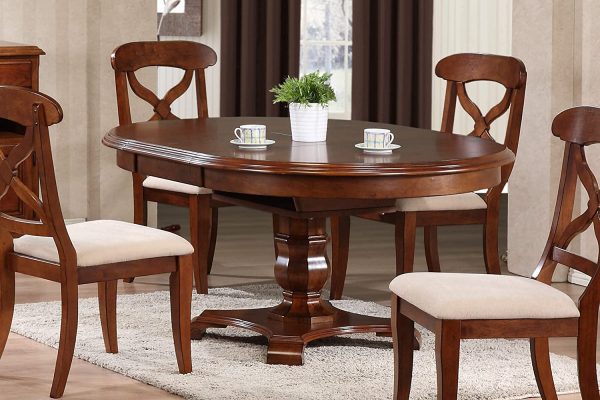

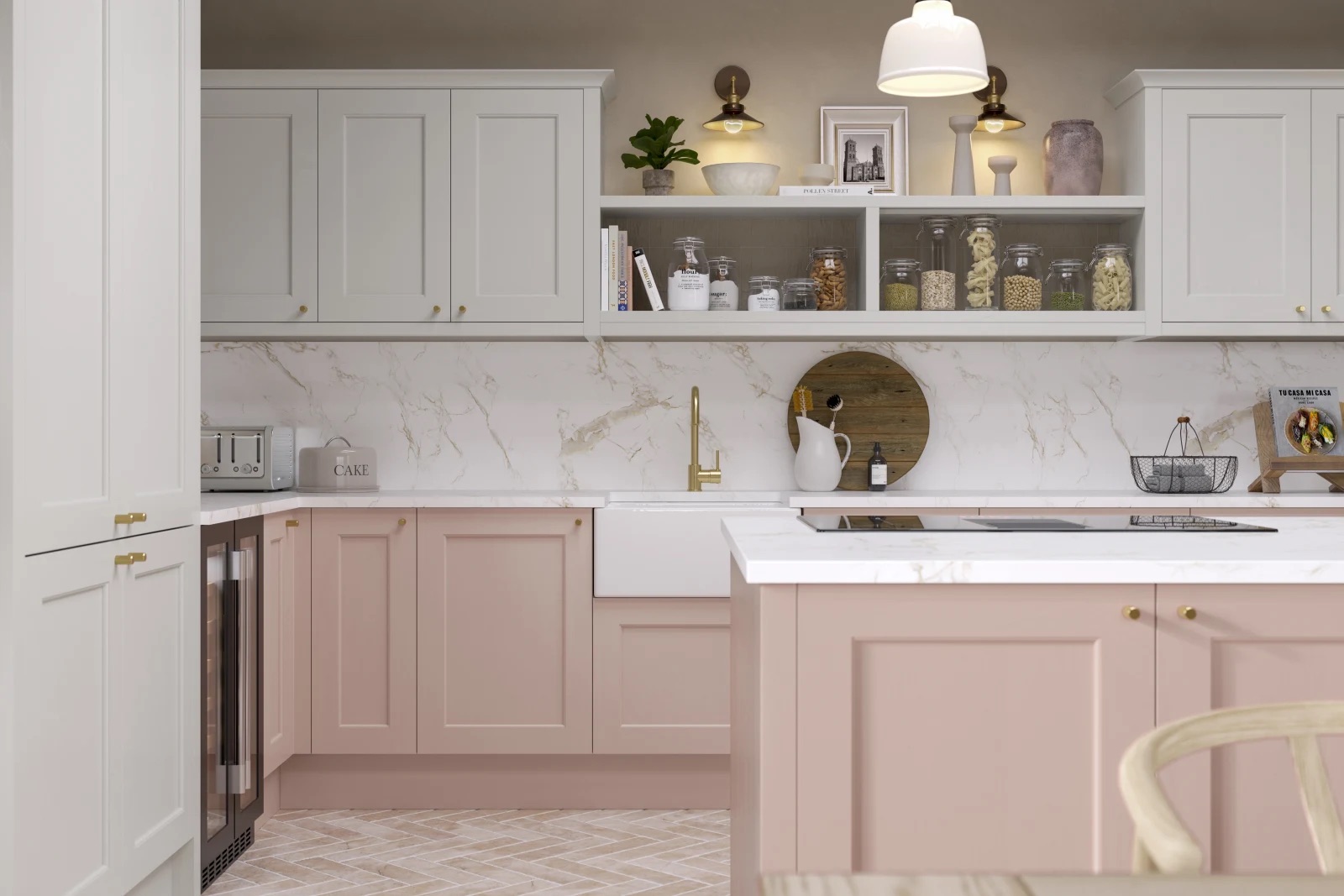
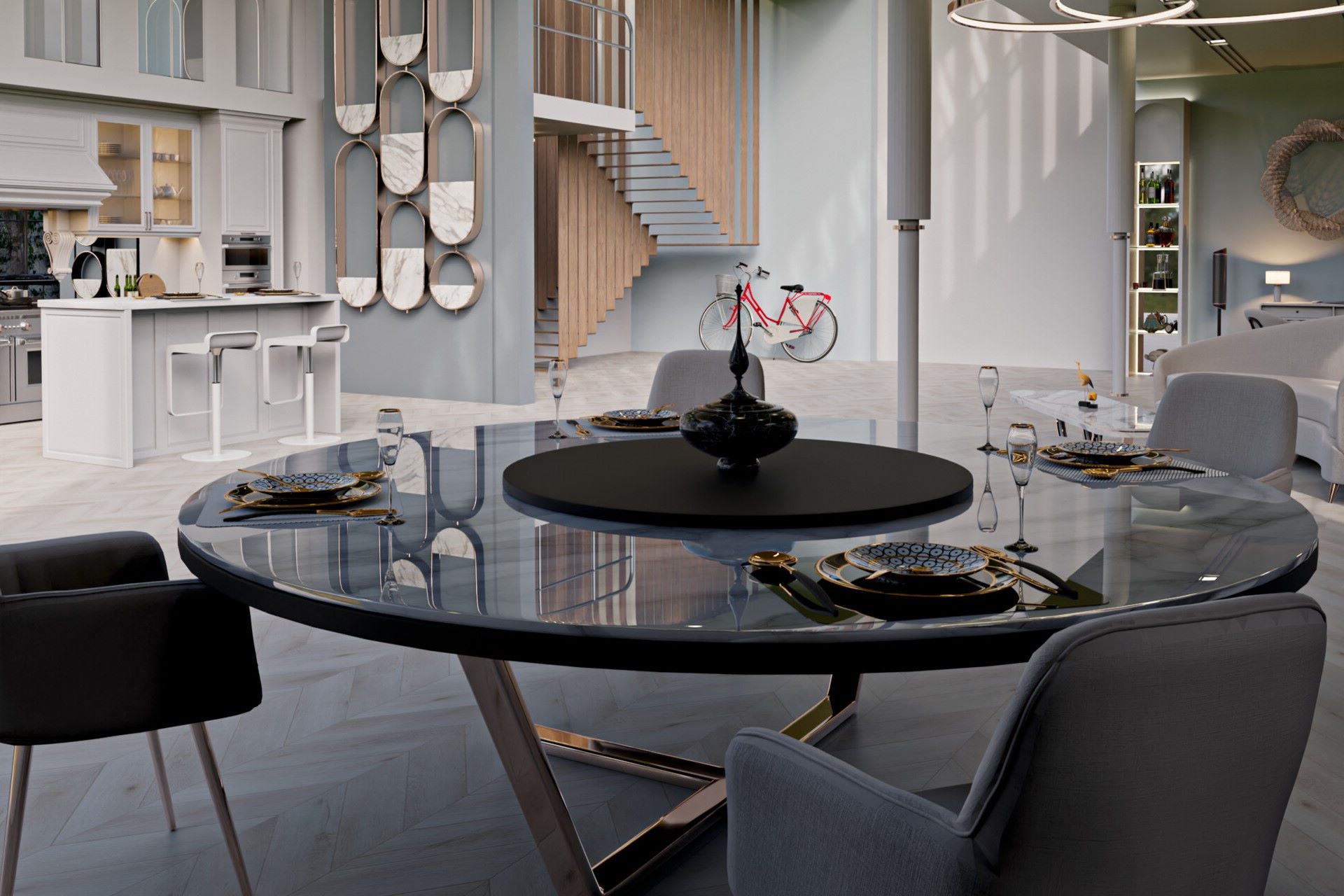
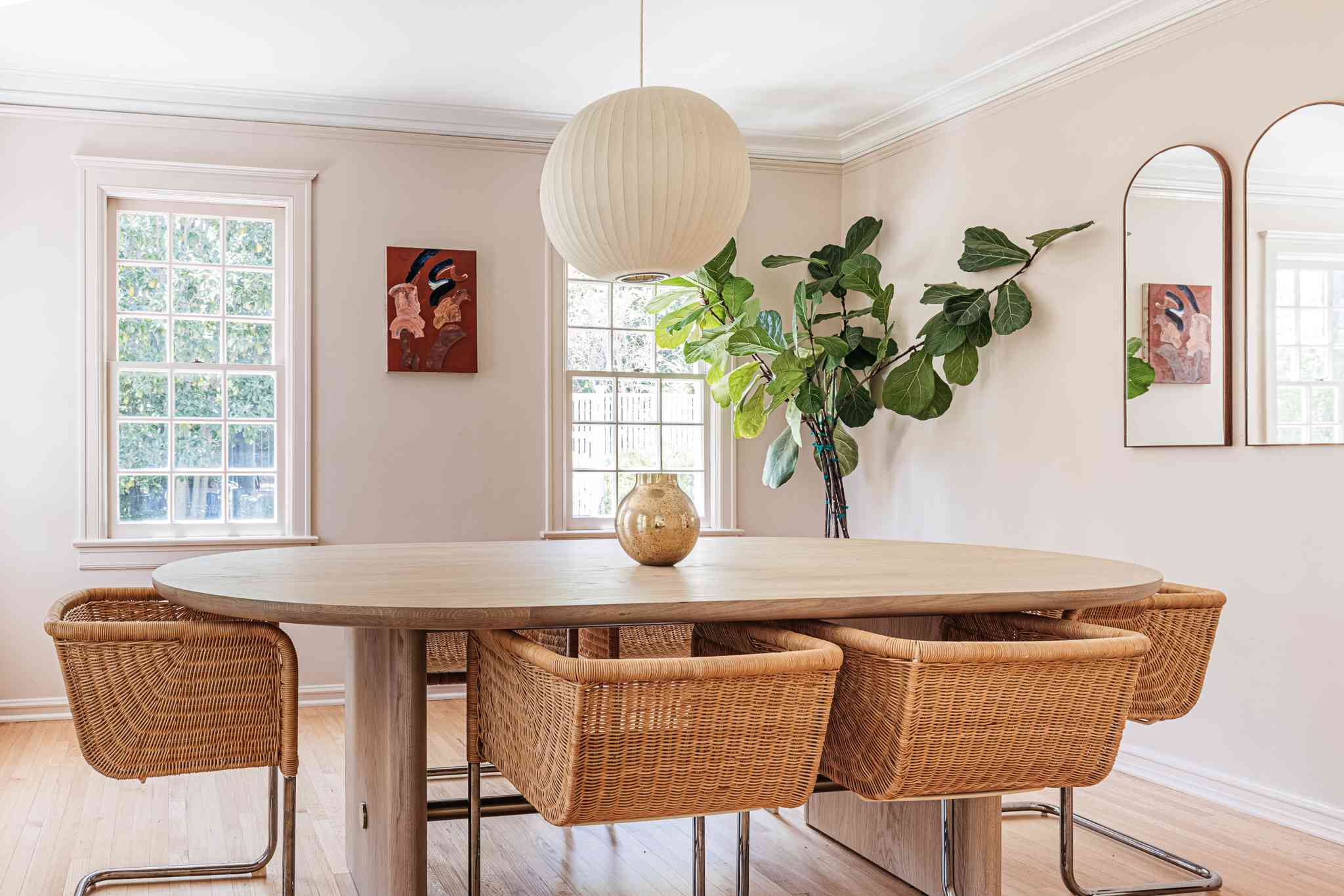
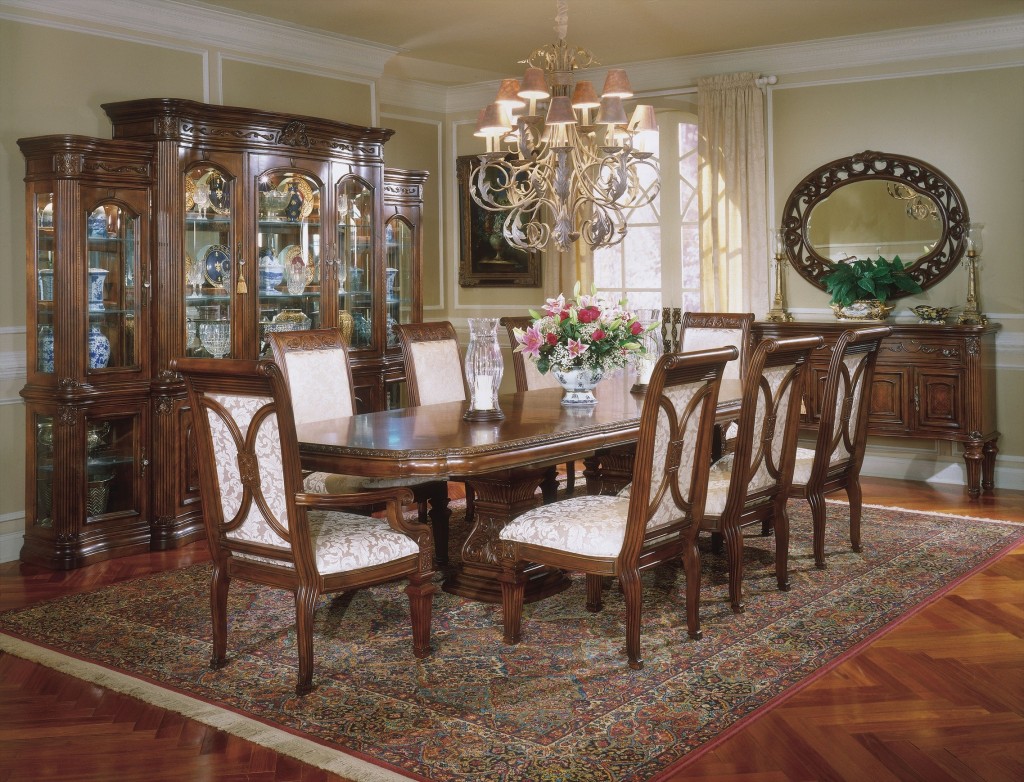
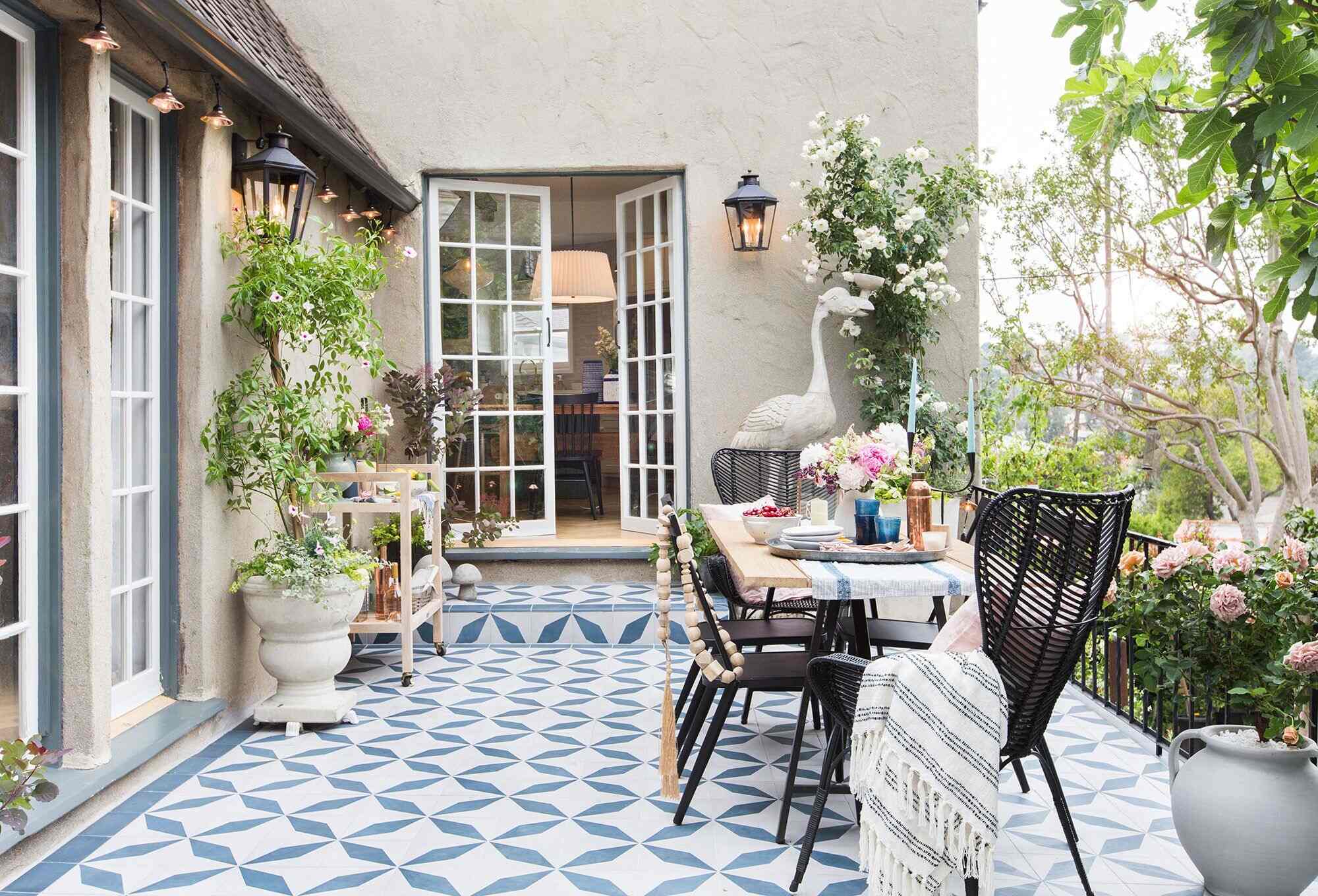

0 thoughts on “Eat-in Kitchen Ideas: 10 Sociable Dining Spaces”